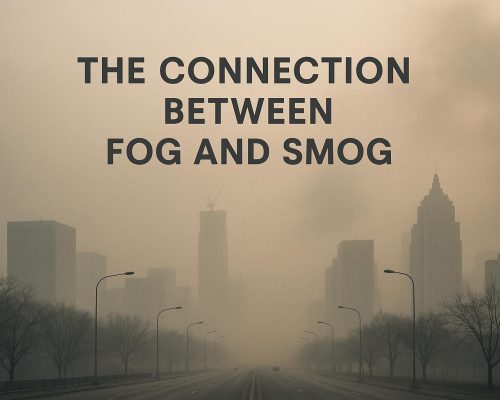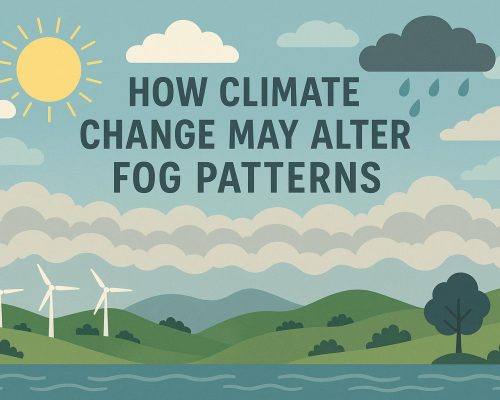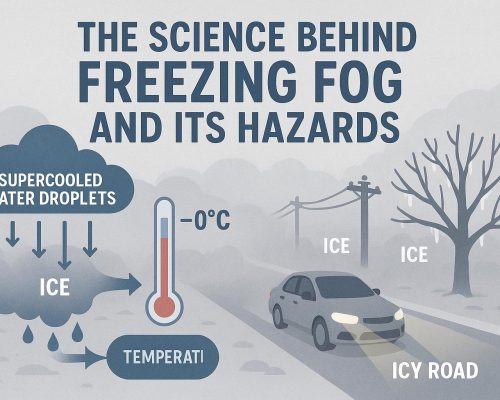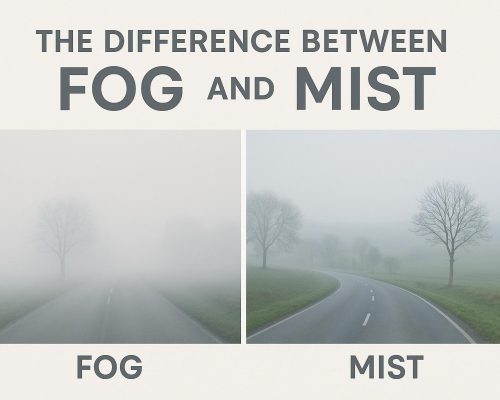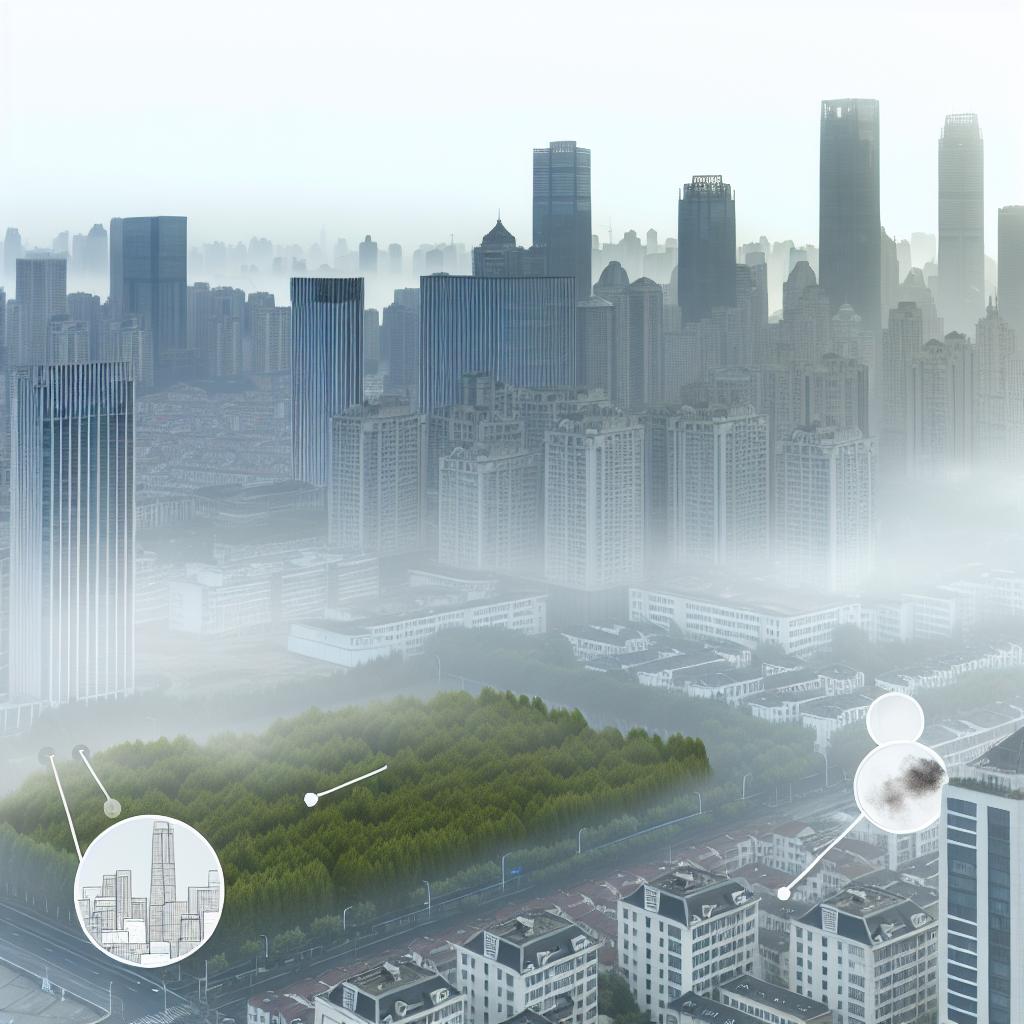
The Link Between Fog and Urban Air Pollution
The Phenomenon of Fog in Urban Areas
In urban environments, fog emerges as both a meteorological occurrence and a factor influencing air quality concerns. It forms when warm, moist air comes into contact with cooler surfaces, triggering condensation and the development of minuscule water droplets suspended in the atmosphere. This collection of droplets produces the visible fog, which often envelops cities in a veiled and tranquil aura. While visually intriguing, fog in urban settings carries significant implications for air quality and public health.
Fog and Air Pollution: An Interconnected Relationship
The interaction between fog and air pollution is intricate and multifaceted. In urban locales, fog can act as a lid, confining pollutants close to ground level. The pollutants primarily include particulate matter, nitrogen oxides, and sulfur dioxides, which are emitted from sources such as vehicular traffic, industrial activities, and residential heating systems. During foggy conditions, the water droplets serve as platforms to which these pollutants can attach, thereby intensifying their concentration in the air that people breathe daily.
Why does this matter? With fog retaining higher levels of pollutants, air quality can deteriorate, posing health risks, especially to individuals with pre-existing respiratory issues or other health vulnerabilities. Understanding the dynamics between fog and pollution is essential for developing strategies to safeguard public health in urban centers.
The Role of Particulate Matter
Particulate matter, often divided into PM10 and PM2.5 categories based on size, constitutes a major aspect of air pollution complications linked to fog events. As fog interacts with particulate matter, two primary processes take place:
Nucleation: Fog droplets act as catalysts for particulate growth, enabling them to enlarge and alter in chemical structure. This change can enhance their adverse effects when inhaled by humans.
Scavenging: Through the process known as scavenging, fog accumulates airborne particles, resulting in elevated concentrations at ground level. Such accumulation can not only restrict visibility but also elevate levels of specific pollutants, creating hazards for drivers and pedestrians alike.
Health Implications
Exposure to heightened levels of air pollution, intensified by fog, can lead to a range of health issues. Short-term exposure may provoke respiratory discomfort and worsen asthma symptoms. Long-term exposure, however, can contribute to serious conditions such as cardiovascular and pulmonary diseases. Vulnerable groups, including the elderly, children, and individuals with existing chronic health problems, face increased risks due to poor air quality in foggy urban settings.
Mitigation Strategies
Addressing the challenges posed by fog and its association with air pollution involves implementing several key strategies:
Emissions Reduction: Establishing stricter regulations concerning emissions from industrial sectors, transport systems, and residential heating can help mitigate the concentration of pollutants that fog tends to capture. By targeting the root sources of pollution, cities can make substantial strides toward improving urban air quality.
Urban Planning: Integrating more urban vegetation and developing additional green spaces can contribute positively to air quality improvement. Plants serve as natural air filters, effectively reducing particulate matter and other pollutants within the urban setting.
For further reading on how cities are addressing air pollution in foggy conditions, visit the EPA’s air quality management page. This resource offers insights into current efforts and tailored strategies suited to the unique challenges faced by urban environments.
Comprehending the link between fog and urban air pollution is crucial for devising public health initiatives and informing future urban planning decisions. As urban areas continue to expand, the inclusion of knowledge about meteorological events such as fog into air quality management strategies will play a pivotal role in fostering healthier and more sustainable urban environments.
Understanding the phenomenon of fog in urban areas involves recognizing both its captivating and concerning aspects. While it may elicit aesthetic admiration with its mysterious shroud enveloping towering skyscrapers, it simultaneously warrants attention due to its capacity to complicate air quality.
Urban planners, policymakers, and public health officials must collaborate to develop effective strategies that balance urban growth with environmental sustainability. Incorporating fog dynamics into this framework is essential to create urban landscapes that are not only visually appealing but also safe and conducive to the well-being of their inhabitants.

